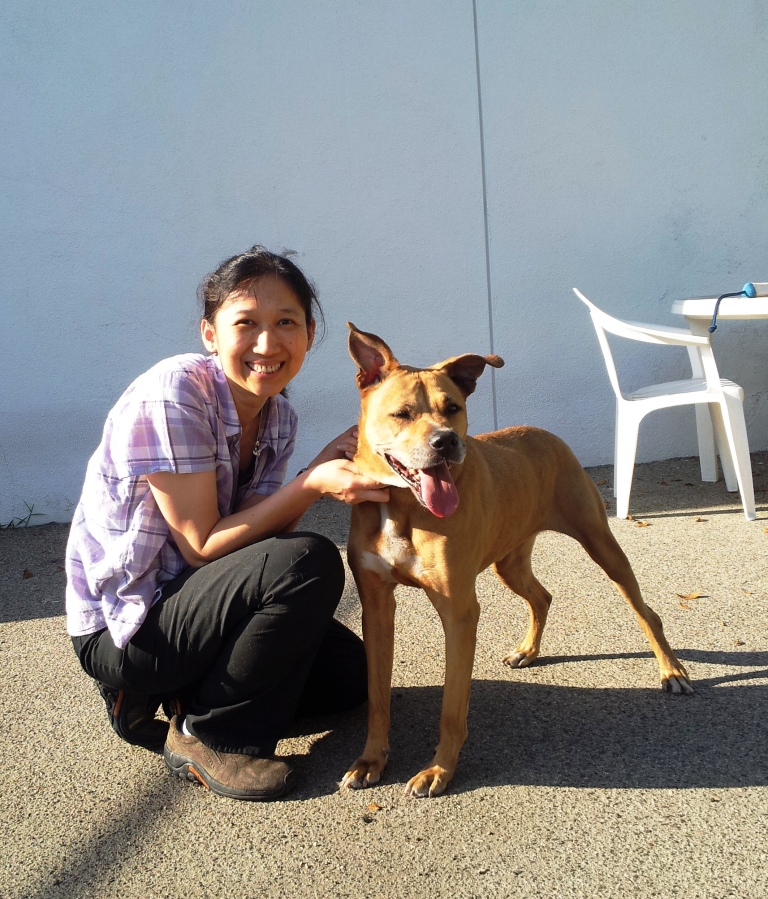Before you’ve even stepped into our office, they have perhaps already made an impression on you. The two towering trees in front of our office parking lot have been there ever since I can remember, over 20 years ago. We took a moment to research a little bit about them.
Apparently, the seemingly interminable number of figs the trees drop are edible, though we’ve never tried them ourselves...
They’re Ficus microcarpa, more commonly known as Indian Laurel Figs. Indian Laurel Figs are a species of ficus indigenous to Malaysia; as it turns out they’re actually among the most common non-native trees in Southern California. Travel a few blocks around our Southern California suburbs and you may get lucky and find one, though you’re far more likely to see much smaller specimens, making ours nearly unrecognizably large.
Once a commonly planted tree in California, Ficus microcarpa has largely fallen out of favor among planters for several concerns. For one, its non-native status makes its planting immediately questionable. Second, the roots of Ficus microcarpa are known to be particularly destructive to sidewalks (where it is most commonly planted).
But that is okay. Our trees have been (literal) fixtures outside of our clinic for decades. For me they’re guardians of our facility much as Patience and Fortitude guard the New York City Public Library, looking down upon our little clinic and making sure that everything is alright. I’ve seen them provide shade when it’s unbearably hot outside and I’ve seen them provide shelter from the rain when it’s pouring outside their canopy. Just last week I saw them provide shelter to a Cooper’s Hawk looking for unsuspecting pigeons, and I see American Crows and Common Ravens use them as rest stops in our otherwise concrete jungle nearly every day.
Guardians of our clinic.
Every day Dr. Tran and I begin and end our days looking up at the ficuses that have shared their lives with us for so long and seeing what surprises they may or may not bring. I wonder what they’ve seen and what wisdom they keep to themselves.
Source: Ritter, Matt: A Californian's Guide to the Trees Among Us, 2011.












